This paper combines the engineering experience of LED screen brand manufacturers for more than 10 years, comprehensively analyzes the multi-function auditorium stage performance and high-definition video conference display requirements, from point spacing selection, pixel packaging, line of sight determination, circuit design, installation basis and system debugging, etc. Start with, share the experience of Lianchengfa indoor LED display design.
The reason why LED has been widely recognized and rapidly developed is inseparable from its own advantages. These advantages are summarized as follows: high brightness, low operating voltage, low power consumption, large size, long life, impact resistance and stable performance. The development prospect of LED is extremely broad, and it is developing towards higher brightness, higher weather resistance, higher luminous density, higher luminous uniformity, reliability, and full color. LED display screens are widely used in sports venues, commercial applications, banks, securities, postal services, terminals, shopping malls, stations, postal services, telecommunications, institutions, surveillance, schools, restaurants, hotels, entertainment, and other outdoor venues.
The development of LED display has been more than 20 years old. Like other LCD splicing and engineering projectors, LED display has been accompanied by technological advancement and upgrading since its inception, displaying text content from the beginning to the later. Graphic and dynamic video. Currently widely used in outdoor advertising, stage performances, exhibitions, stadium events, conference centers and command centers.
This paper combines the engineering experience of LED screen brand manufacturers for more than 10 years, comprehensively analyzes the design, installation, testing and maintenance of indoor LED display. Here is a detailed description of the multi-purpose hall stage performance examples:
I. Basic information of the project
1.1 Project construction needs
The multi-function auditorium stage performance display system is divided into three parts: main screen, auxiliary screen and monogram screen. The main screen construction demand is to build a large-format, high-definition large screen, display multiple computer digital signals, video recording of the venue, remote monitoring or video signals of different venues, etc., to achieve the display of video, explain materials, video conferences, etc. At the same time, it is necessary to take into account the stage performance background; the auxiliary screen construction demand is to display a standard definition signal, to realize the display of the conference auxiliary content, and also can be used as the curtain, subtitle, etc. during the performance; the monogram screen needs to display the text of multiple colors.
The stage part of the auditorium is 20m wide, 17m deep and 18m high. The width of the platform is 15m wide and 7.8m high. The stage mechanical devices such as lights and curtains are installed above the stage; the ear walls on both sides of the platform are 3m away from the ground, 8m wide and 6m high. The design main screen display area is at least 72m2 (12m & TImes; 6m), the front of the screen is the venue for the podium meeting and performance, and the rear of the screen is the actor passing and maintenance space. The first row of viewers is at least 17m away from the screen; the auxiliary screen is on the ear wall. The display area is at least 12m2 (4m & TImes; 3m).
Second, the key technology affecting the quality of indoor LED display
When designing the screen, the indoor LED display should consider three important factors: display content, space requirements, display size or pixel size. At the same time, it is necessary to ensure that the production process and technical indicators are suitable for the actual application needs of the room, and then combine the project cost. Make a reasonable design.
2.1 LED display point spacing
Visual graininess mainly comes from the human eye has a certain resolution, watching two points at a certain distance, when the two points are close to a certain degree, the human eye will not be able to distinguish. In the past two years, with the improvement of LED display manufacturing technology, the resolution of small-pitch LED display screens has been continuously improved. The indoor display design has been upgraded from the initial selection of the smallest dot pitch specification scheme to the selection of the appropriate dot pitch specification scheme.
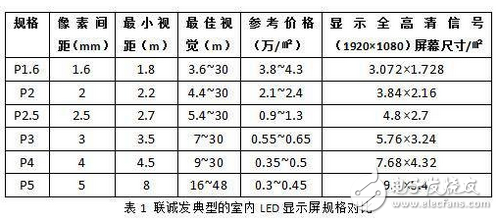
Table 1 will compare the typical specifications of Lianchengfa indoor LED display, P1.6, P2, P2.5, P3, P4, P5 are common indoor specifications, "P3" means the pixel distance is 3mm, the minimum viewing distance is human The eye can't distinguish the distance of the pixel particles, but this distance will damage the vision when viewed for a long time. The best line of sight is the comfortable distance to watch the screen, and the clearest distance.
It can be seen from the comparison of Table 1 that the three specifications of P1.6, P2 and P2.5, the minimum line of sight and the best line of sight are very close to the viewing requirements of large flat-panel TVs. The resolution of the whole screen is up to 4800&TImes; 2400, in the same A clearer picture can be displayed on the screen, but a high-definition signal needs to be enlarged by 3 to 4 times on a 12-m wide screen, and two high-definition pictures need to be enlarged by a factor of 2; while high-resolution display requires high-performance image processing equipment. The overall cost of the system will be high. P4 and P5 can't display two high-definition pictures simultaneously on a 12m wide screen, which can't meet the requirements of HD conference TV screen display. P3 can meet the requirements of displaying two high-definition pictures simultaneously. According to the size of the display screen, the P3 with higher cost performance is selected as the display point distance of the main screen and the auxiliary screen of the project, and P4 is selected as the display point distance of the monogram screen.
2.2 Packaging Technology
One factor that determines LED quality is the main materials, such as chips, brackets, glue (epoxy), gold wire, etc. Another factor is the packaging process. Pixel packaging technology is related to the color saturation, viewing angle and other display effects of the entire display screen, production cost, quality stability, etc., is one of the key indicators for selecting LED display.
Indoor LED mainstream packaging technology mainly has surface-mount SMD and in-line DIP mode. Surface labeling refers to attaching a packaged light-emitting tube to a circuit board, and then performing an integrated circuit soldering process to form a screen body. It has good heat dissipation and uniform color. The entire display can be maintained on the front side, which greatly reduces the maintenance cost and difficulty. At the same time, the metal compound is filled in the packaging process, the color mixing effect is good, the light is soft, and it is more suitable for indoor applications. The in-line module encapsulates the LED tube into a square shape, and then puts together the three tubes of red, green and blue to form a pixel point module, which is directly inserted into the PCB board for soldering. The process is relatively simple, the cost is low, and the dead point rate is high. Mainly used in outdoor displays.
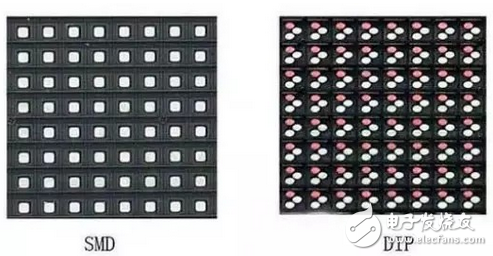
The pixel structure of the indoor screen has two ways: surface mount three-in-one and surface mount three-in-one (separate surface mount).
The three-in-one surface sticker refers to the red, green and blue light-emitting points packaged and integrated in the same light-emitting tube. The near-point is a point. The enlarged view is a line separated by three light-emitting points, which requires high materials and processes for the production process. Mainly used in the production of small pitch, high density high-end LED display.
The three-in-one surface sticker (separated surface sticker) means that the three red, green and blue light-emitting points are separately packaged, arranged in a pixel after packaging, and then encapsulated by a mask to protect against dust, scratches, and protection. Light emitting chip. The three-in-one is to separate the surface mounts, the three points are separately powered, the power consumption is small, and the single lamp maintenance can be realized, and the cost is low.
In general, in order to enhance the display effect of the indoor screen, the surface mount three-in-one, black light technology, gold wire package and the like are selected.
1) YC, YCL, YL series heavy-duty 1 phase motors are totally enclosed fan cooling type. It is cast iron housing high starting torque motors.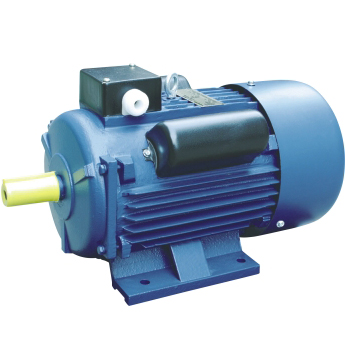
2) JY series single phase capacitor start induction motor is suitable for any placeds where a larger starting torque and the starting current to be limited. This series motors have three frame sizes, 09, 1 and 2 of totally enclosed fan cooled type. The frame is cast iron.

3) ML, MY, MC series single phase aluminum housing induction motor conforms to the IEC standard. The motor is with removable feet. User can fit according to their needs.
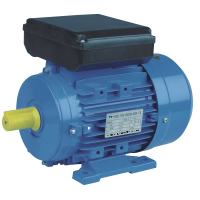
4) Y & Y2 series motor is totally enclosed and fan cooled 3 phase squirrel cage induction motor. It is newly designed in conformity with the relevant rules of IEC&DIN42673 standards.
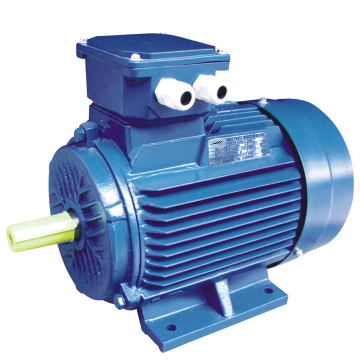
5) MS series motor which adopting the latest design and high quality meterial is conformed to the IEC Standard. The efficiency of motor meets Eff2 standard in Europe and Eff1 standard if request. The motor with removable feet is made of aluminum alloy die casting. User could mount it with various mounting type. The housing is aluminum.
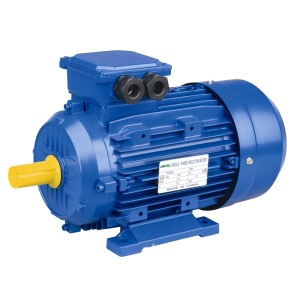
Ac Motors,Electric Motor,Small Electric Motor,1 Hp Electric Motor
FUZHOU LANDTOP CO., LTD , https://www.landtopcos.com